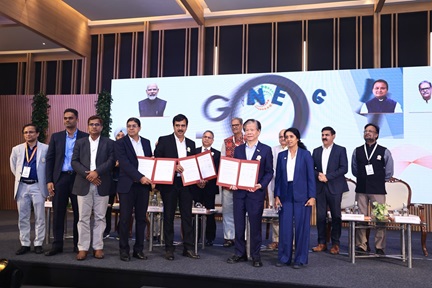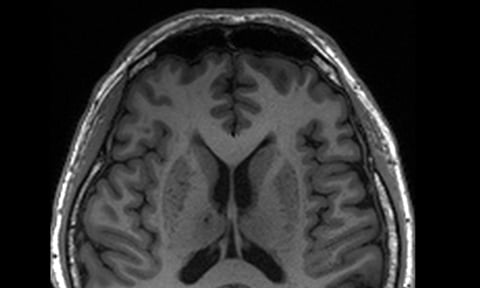Study explains how we pay attention

A team of researchers from NTU Singapore as uncovered new clues about how chemicals released by brain cells regulate our attention span.
Findings from the study could pave the way for new therapies to treat neurological conditions associated with concentration difficulties, such as depression and attention-deficit hyperactivity disorder (ADHD).
Researchers have long thought that our attention span was directed by only one neurotransmitter, acetylcholine, which excites neurons and causes them to fire electrical signals. However, recent work suggests that attention could require another neurotransmitter, gamma-aminobutyric acid (GABA), which inhibits neurons from receiving and sending messages.
In their study published in the Proceedings of the National Academy of Sciences (PNAS), the team demonstrated for the first time that GABA works together with acetylcholine in a precise sequence to regulate the transmission of signals from a part of the brain’s information processing network, called the claustrum.





.tmb-listing.jpg?Culture=en&sfvrsn=cfde9c58_1)

